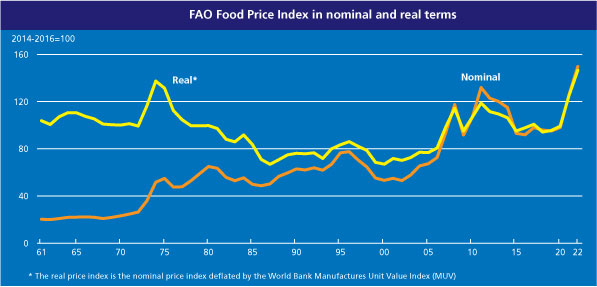A capitalization-weighted index, often called a market value-weighted index includes index components in proportion to the market capitalization (known as "market cap"). When using a capitalization-weighted methodology, index components with larger market caps are given a larger share of the overall Index. Companies having a low market capitalization will have less influence on the overall index outcome. Stock market index values may also be calculated using the equally-weighted, price-weighted, or fundamental-weighted index construction techniques.
Capitalization-Weighted Indexes: An Overview
The performance of the market may be gauged by comparing current prices with historical prices, which is made possible through stock market indices. It is calculated using a number of techniques (including the market capitalization-weighted approach) and the prices of certain stocks. Each security's weight in a capitalization-weighted index is relative to its market capitalization. The total value of a company's outstanding shares is what constitutes its market capitalization. Market capitalization, rather than sales or overall asset data, may be used by the financial community to gauge the size of a firm.
Large changes in the share prices of the biggest index businesses, which make up a capitalization-weighted index, may have a considerable influence on the value of the Index as a whole. However, big firms with a lot of outstanding shares might contribute to the Index's consistent rise since, on average, they generate more reliable revenue. However, a lesser proportion for smaller firms might help spread the risk around in case such companies underperform.
Investors may learn about a broad range of firms, both big and small, via market capitalization indices. S&P 500, Wilshire 5000, & NASDAQ constitute capitalization-weighted indexes (IXIC). There are others who believe that capitalization-weighted indexes provide a skewed picture of the market because they put too much weight on the biggest firms. There is an argument for giving more weight to the biggest firms in the Index since they have the most investors.
How to Figure Out the Index Value

You can figure out how much each stock is worth on the market by multiplying its worth by the number of shares that are still in circulation. The index value is calculated by taking the total market capitalization of all the companies in the Index and dividing it by a predetermined divisor. This dividing factor is decided upon arbitrarily at the time the Index is initially released.
Benefits and Drawbacks

To acquire exposure to a diverse, global portfolio, many investors turn to market cap-weighted benchmark indexes, which are widely available. However, if certain firms have very rapid growth, they may eventually come to account for a disproportionate share of the Index's weight. This is due to the fact that index designers are compelled to include a higher representation of a firm in the Index as it expands. These firms are often more stable, established, and developed, making them excellent candidates for the portfolios of most investors. However, this impact might threaten a diverse index if it causes a single stock's performance to become too important.
As a stock's market capitalization or share price rises, index funds and ETFs acquire more shares. Therefore, contrary to the tenet of value investing that advocates buying cheap and selling high, these funds tend to increase their holdings of stocks as their prices rise. The buying of stock as its value (and hence, its market cap) may lead to a bubble in the share price if the corporation's stock is essentially overpriced (from a technical indicators viewpoint). For this reason, investing in the stock market based on market capitalization alone might cause a bubble. Stock values would plummet if the bubble broke.
Pros
- Capitalization-weighted indices show how investors value different stocks.
- Large, well-established firms have a higher index weight, reducing overall volatility for investors.
- Cap-weighted index funds have lower trading expenses and less turnover than other types of mutual funds.
Cons
- When the share price of a firm goes up, the weight it carries in an index might become unbalanced.
- Greater weightings for individual companies may have a disproportionate effect on the overall performance of the fund.
- Shares of expensive companies may be added by the fund management, who then gives such stocks a bigger weighting, potentially leading to a bubble.
Example
Some of the oldest and most successful American corporations may be found in the S&P 500, a market cap-weighted index. As an actual historical illustration of how the Index performed on a certain trading day, consider the following:
- Boeing Co. dropped 2.83 percent to $362.18, and Microsoft Corp. fell 2.64 percent to $117.05.
- On that day, Boeing was worth $205.59 billion on the stock market and made up less than 1 percent of the S&P.
- Having a market valuation of $902.51 billion & a weighting of more than 3 percent in the S&P, Microsoft Company Limited
- Boeing's price loss had a lower effect on Standard & poor than Microsoft's, despite both fallings by about the same proportion.
- For that particular day, Microsoft's bigger market cap meant that it had a greater impact on the S&P's performance than Boeing's smaller one did.
It is vital to remember that the S&P 500 weightings fluctuate daily in accordance with the firms' outstanding shares & prices, resulting in varied effects on the Index's total value.




